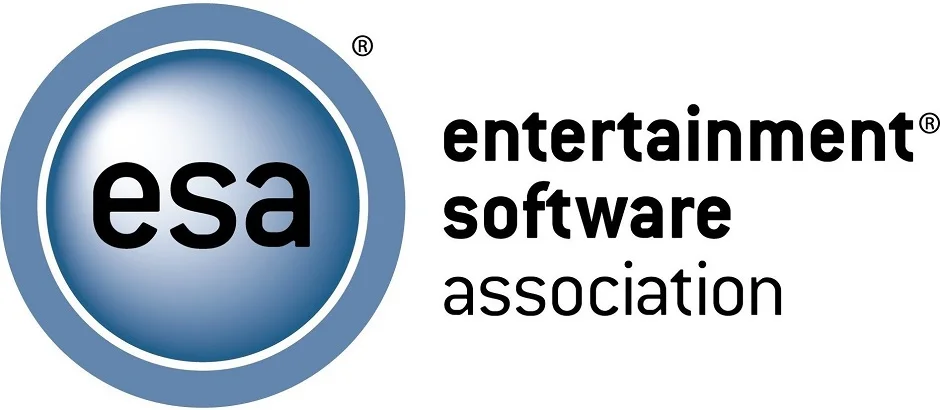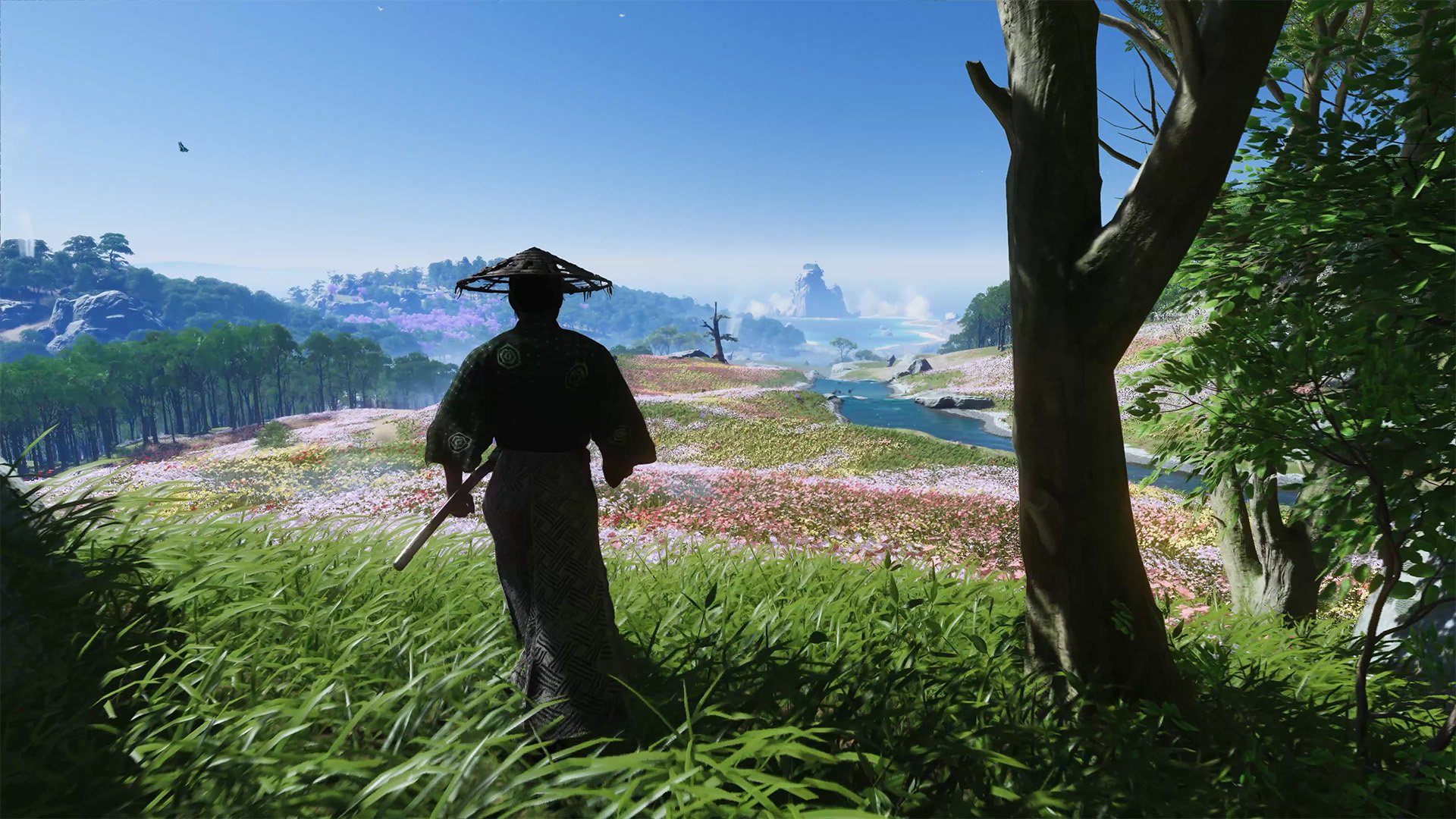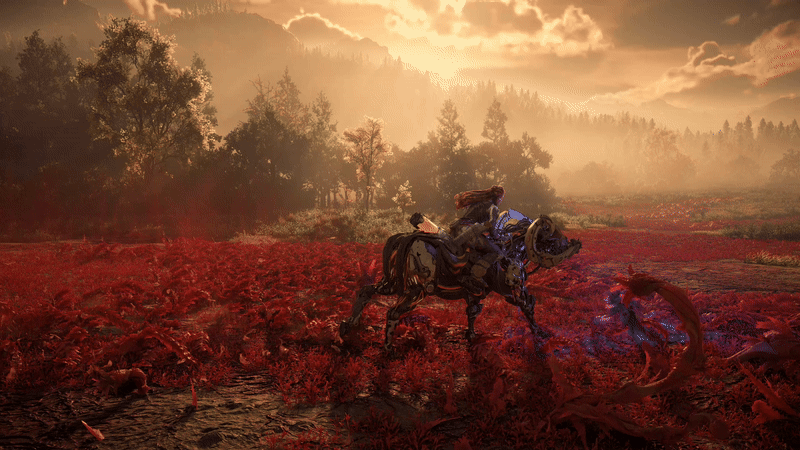In an article from the ESA, video game consumers everywhere were informed that the ESA plans to implement new guidelines come 2020 in an important area: in-game purchases. In an effort to promote transparency between video game companies and consumers, the ESA will require probability of specific content drops from in-game purchases such as loot boxes to be clearly provided to gamers.
For me this was a huge step forward because being able to actually find a listing of the probability of loot drops has been a hit or miss in my experience for the last year or so of video gaming. The ESRB added a logo recently to indicate in-game purchases and now has asked help from major publishers who have come together in presenting loot box drop rates in clear, understandable, and straightforward language.
“Last year, in response to growing concerns about in-game spending, the Entertainment Software Rating Board (ESRB) expanded its ratings disclosures to include an “In-Game Purchases” label on packaging for video games that offer the ability to purchase additional in-game content.
To further that effort, several video game industry leaders are announcing new initiatives to help consumers make informed choices about their purchases, including loot boxes. The major console makers – Sony Interactive Entertainment, operator of the PlayStation platform, Microsoft, operator of Xbox and Windows, and Nintendo, operator of the Nintendo Switch gaming platform – are committing to new platform policies that will require paid loot boxes in games developed for their platforms to disclose information on the relative rarity or probability of obtaining randomized virtual items. These required disclosures will also apply to game updates, if the update adds new loot box features. The precise timing of this disclosure requirement is still being worked out, but the console makers are targeting 2020 for the implementation of the policy.
In addition, several of ESA’s publisher members already disclose the relative rarity or probability of obtaining in-game virtual items from purchased loot boxes, and other major publishers have agreed to do so no later than the end of 2020. Together, these publishers include Activision Blizzard, BANDAI NAMCO Entertainment, Bethesda, Bungie, Electronic Arts, Microsoft, Nintendo, Sony Interactive Entertainment, Take-Two Interactive, Ubisoft, Warner Bros. Interactive Entertainment, and Wizards of the Coast. Many other ESA members are considering a disclosure. The disclosure will apply to all new games and updates to games that add such in-game purchases and will be presented in a manner that is understandable and easily accessed.”
For the rest of the article, go here.
This landmark decision in the field could have big consequences... or none. This seems to promote communication and trust between producer and consumer at little cost to the companies in question, but my question is whether the video gaming community at large can ever really trust the industry after the move to more and more pay-to-play games. Pay to play has obvious benefits for companies, mainly continuous income instead of a one-time exchange of money for a good. On the other hand, gamers seem to have no real issue with the practice; one mentality I have seen is that “we pay 20$ to see a movie for an experience, and so now we are just putting that money to something else we enjoy.”
Although the policy is clearly a positive one, it’s impact is yet to be seen. Will free to play games of real quality disappear altogether? Will sales decline when gamers see the actual drop rates for goodies in in-game purchases? Or will this usher in a new wave of electronic entertainment solidarity? Only time will tell. Let us know what YOU think in the comments.




















